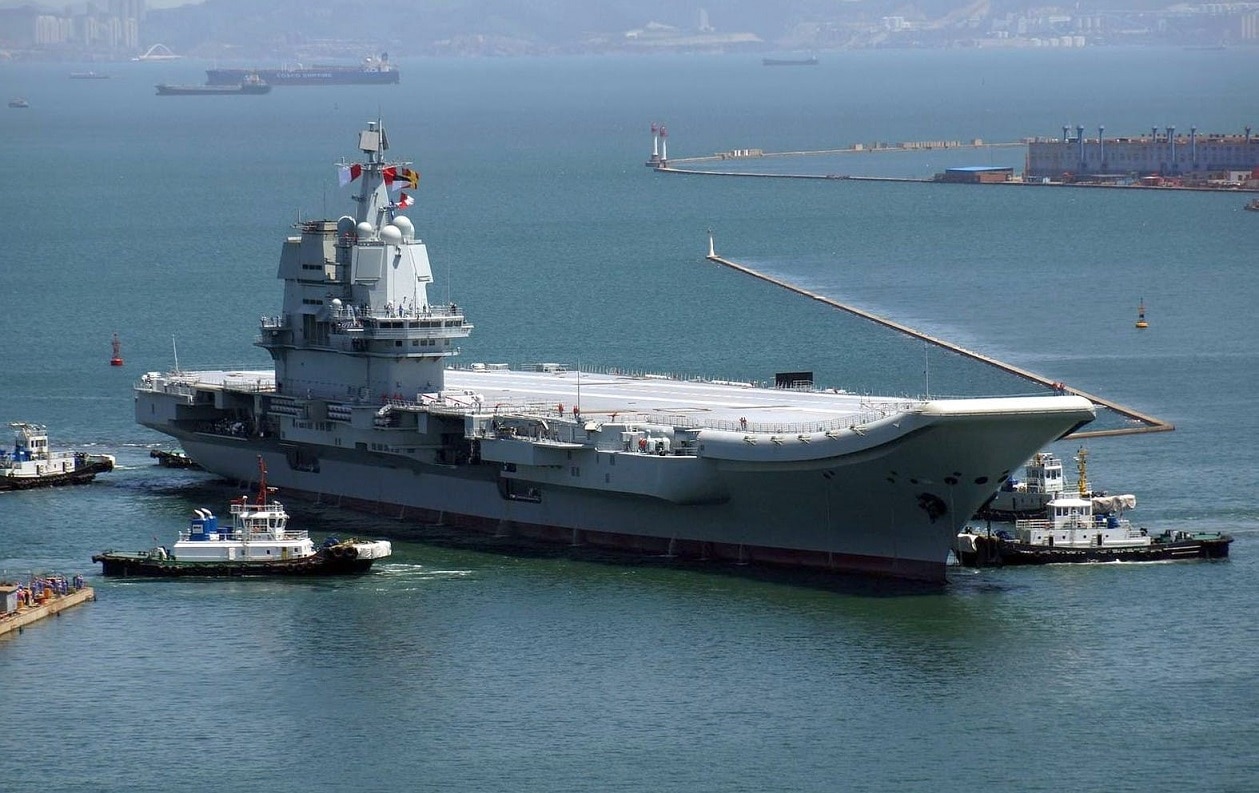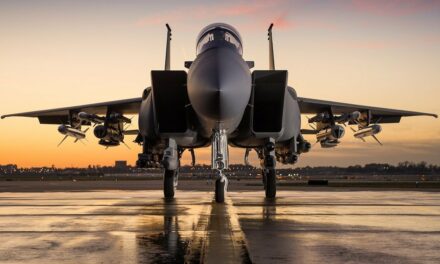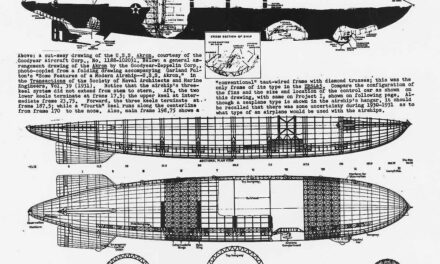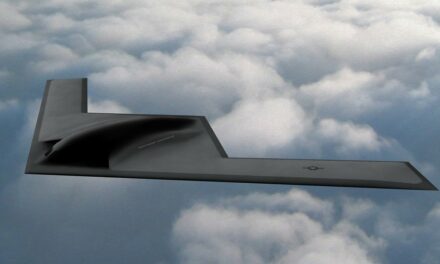We support our Publishers and Content Creators. You can view this story on their website by CLICKING HERE.
Key Points: China is reportedly advancing toward developing a nuclear-powered aircraft carrier, marking a significant milestone in its naval capabilities. Satellite imagery analyzed by the Middlebury Institute of International Studies suggests China has a land-based nuclear reactor prototype intended for a future carrier.
-A nuclear-powered flattop would grant China a “blue-water navy,” capable of operating globally and challenging U.S. naval dominance. This development complements China’s modernization of its air and naval forces, positioning the country as a formidable military power.
-The new Trump administration will face mounting pressure to address this growing threat to U.S. primacy in the Indo-Pacific.
Is China One Step Closer to a Nuclear-powered Aircraft Carrier?
It has finally been announced what was long suspected. A think tank has found that China is working on a nuclear propulsion system for its next aircraft carrier.
China reportedly has a land-based nuclear reactor prototype that is expected to be eventually transferred to the navy’s fourth operational aircraft carrier late in this decade or the 2030s.
The Associated Press announced that it analyzed satellite imagery that suggests China is on the way toward a nuclear-powered flattop.
The research is from California’s Middlebury Institute of International Studies. China’s nuclear power institute has made breakthroughs in the new nuclear reactor, the institute determined.
“Middlebury researchers were initially investigating a mountain site outside the city of Leshan in the southwest Chinese province of Sichuan over suspicions that China was building a reactor to produce plutonium or tritium for weapons. Instead, they said they determined that China was building a prototype reactor for a large warship,” the Associated Press reported.
Fujian, China’s new aircraft carrier. Image Credit: Chinese Internet.
Worldwide Naval Power
This is the first known evidence that China could someday have a nuclear-powered warship. China’s dream is to have a navy that could venture outside its region and sail to other parts of the world – the “Blue Water Navy” concept. A nuclear-powered aircraft carrier would place China in a rare club of navies (the United States and France) and enable it to challenge America’s dominance in sea power.
Chinese Navy Has Come a Long Way
Twenty years ago, China had pilots who were inexperienced and would sometimes refuse to fly at night or in bad weather. That has changed. The Chinese naval aviators are now confident when it comes to carrier operations. China has three other conventional carriers that can bully its neighbors. The People’s Liberation Army Navy (PLAN) can use its flat-tops to easily quarantine and blockade Taiwan. The PLAN can also reach Guam, Japan, and South Korea. Southeast Asia is also in range.
Nuclear-powered carriers have more room for aircraft, supplies, and defensive missiles. They have long-range, even unlimited range, depending on the quality of the reactor.
The Chinese Military Is Becoming One of the Finest in the World
Chinese military’s modernization efforts for its air force and navy have become evermore advanced by the day. China will soon have two operational stealth fighters and one bomber with radar evasion attributes. Then there is the navy with the most ships worldwide, including the three carriers. The United States can only stand back and watch as the Chinese become more powerful.

China Type 002 Aircraft Carrier. Image Credit: Creative Commons.
Carriers come with high levels of prestige. The Chinese government can point to Xi Jinping as the leader who has created such a powerful military. This has citizens brimming with pride. While the Chinese defense industry likely wanted to keep the new nuclear propulsion prototype secret, they probably don’t mind that American media outlets are reporting on it as the new national security team is assembled for President-elect Donald Trump.
What Will Trump Do About It?
So far, Trump has nominated Senator Marco Rubio as Secretary of State and appointed Congressman Mike Waltz as National Security Advisor. Both are China hawks. Waltz does not have to be confirmed, but Rubio will. While the Secretary of State does not have direct authority over the military, Rubio will undoubtedly get questions from Congress about the relative strength of China compared to the United States.
The future Secretary of Defense will have to answer queries about Chinese sea power. This new development with its nuclear program will interest the nominee and Members of Congress. If China can get a working nuclear aircraft carrier, it will change the balance of power in the Indo-Pacific. It has always been assumed that China has the best navy in the region; with a nuclear carrier, it will be even more formidable. Congress will likely pressure the new Trump administration to “do something” about the Chinese navy.
But what can the United States do? China continues to forge ahead. Its defense industrial base is excellent. Xi Jinping is relentless. He wants to be remembered as the best Chinese premier in the 21st Century. Naval power is a path to greatness, and this nuclear-powered carrier that China wants is a testament to China’s excellence in shipbuilding and overall defense modernization. This is excellent news for China and an alarming development for the United States.
About the Author: Dr. Brent M. Eastwood
Brent M. Eastwood, PhD, is the author of Don’t Turn Your Back On the World: a Conservative Foreign Policy and Humans, Machines, and Data: Future Trends in Warfare, plus two other books. Brent was the founder and CEO of a tech firm that predicted world events using artificial intelligence. He served as a legislative fellow for U.S. Senator Tim Scott and advised the senator on defense and foreign policy issues. He has taught at American University, George Washington University, and George Mason University. Brent is a former U.S. Army Infantry officer. He can be followed on X @BMEastwood.

 Conservative
Conservative  Search
Search Trending
Trending Current News
Current News 





